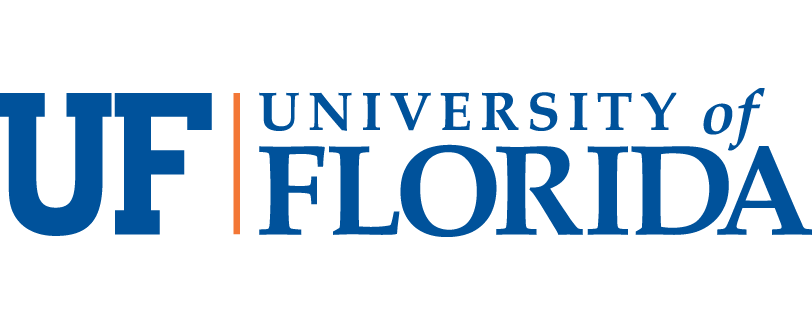Acoustics and Fluid Mechanics
Drs. Cattafesta and Sheplak focus on experimental acoustics and fluid dynamics research, with particular emphasis on the modeling, development, and implementation of MEMS sensors and actuators for fundamental studies and active control research. Sensor development activities include microphones for directional acoustic arrays and unsteady pressure transducers for turbulent boundary layer studies as well as for feedback sensing for flow control. We are also developing shear stress sensors for time resolved shear stress measurements. Actuator technology includes piezoelectric and electrodynamic zero-net mass-flux (i.e., synthetic jets) and plasma type devices. Our active flow control research focuses on adaptive feedback flow control with applications to circulation control, flow separation control, and cavity flow oscillations. Our aeroacoustics research focuses on acoustic liner technology and fundamental studies and mitigation of airframe noise studies (e.g., trailing edge noise, landing gear, circulation control, etc.) in our 29 in. x 44 in. x 72 in. (75 m/s max) open-jet anechoic wind tunnel located inside a 100 Hz cutoff anechoic chamber. Finally, we are developing ultrasonic transducers for proximity sensing, parametric acoustic arrays, and biomedical imaging.
Sub-areas: Actuator Technologies, Aeroacoustics, Flow Control, Measurement Technologies, Microfluidics, Ultrasonics
Chemical and Biomedical Systems
Drs. Fan, Xie, and Nishida lead the research activities on the development of microscale devices and systems for chemical and biomedical applications. Examples include microfluidic devices for protein and DNA analysis, microfabricated optics for biomedical imaging, and sensors and probes for detection and monitoring. Research efforts often involve multidisciplinary and traditional fields including microfabrication, microfluidics, mechanics, electronics, physics, materials, chemistry, biology, and medicine.
Sub-areas: Biomedical Devices, Chemical/Biological Sensors, Microfluidics
Electromagnetics and Photonics
Drs. Yoon, Xie, Arnold, Sheplak lead research focused on advanced electromagnetic and photonic devices and systems. Examples include micro-/nano machined metamaterials, RF components, optical transducers, and wireless systems. Metamaterials--artificial materials designed for microwave, terahertz, or optic frequency bands--are being developed to enable compact radio frequency (RF) components; multiband microwave filters, resonators, and couplers; subwavelength lenses; and cloaking devices. Additional effort is focused on micromachined electromagnetic components such as antennas, waveguides, inductors, and transformers. Optical-based sensors/actuators/systems are being leveraged for measurements in harsh environments or for in vivo biomedical imaging. Lastly, wireless sensors and systems are being explored for remote sensing and wireless power transmission.
Sub-areas: Metamaterials, Optical Transducers, RF/Microwave Devices, Wireless Sensors/Systems
Power and Energy Systems
Drs. Nishida, Arnold, Sheplak and Cattafesta lead research focused on the development of mesoscale and microscale systems that can convert energy from the ambient environment into useful electrical power for sensors, portable electronics, etc. Example environmental energy sources include vibrational, acoustic, and thermal sources, which are converted by electromechanical and/or thermoelectric means. Emphasis is on developing self-powered systems, including the energy harvesting device and associated power conversion/management electronics.
Sub-areas: Energy Harvesting, Power Electronics
Materials, Manufacturing, and Modeling
All faculty in IMG focus on the development or end-use of microelectromechanical systems (MEMS). Underpinning these efforts are fundamental research thrusts in materials synthesis and analysis; multiscale manufacturing; micro/nanofabrication and process integration; solid-state physics; and system simulation, modeling, design, and optimization.
Sub-areas: Assembly/Packaging, 3D MEMS, Fabrication Technologies, Fundamental Physics, Nano Technologies, Transducer Modeling

